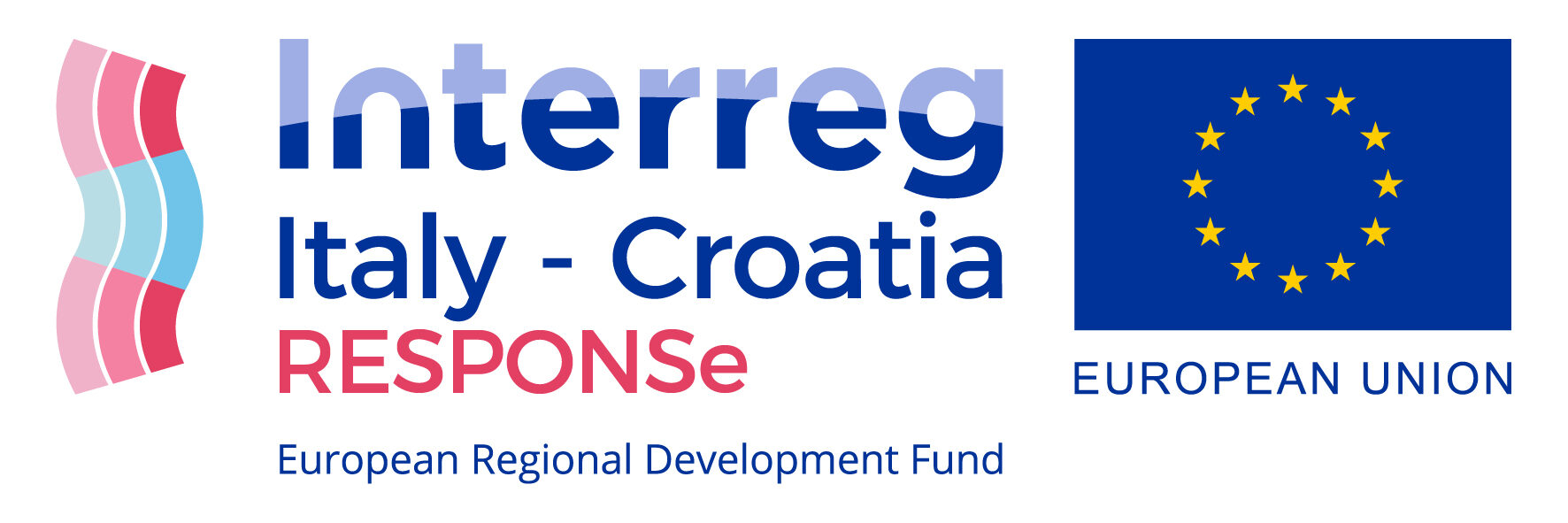Climate actions
Climate proofing of buildings against excessive heat
Objective
Implement climate-proofing of buildings.Description
Building design solutions take inspiration from traditional features of dwellings located in traditionally warm climate countries, such as:
- the building aspect ratio, that is the ratio between the interior space and the external surface of the building that maximises the dispersion of internal heat and minimizes the uptake of heat through solar radiation.
- architectonical elements such as awnings, overhangs, window shades, porticoes, white or lightly coloured external walls and roof
- the solar orientation of the building, which can minimise the daily exposure of the building to sunlight.
Expected results
Hi-tech solutions; organization of the space in the proximity of buildings; technical features of the building to control the indoor temperature; mechanical or natural ventilation; green roofs.Result indicators
Hi-tech solution: temperature [°C]Technical features: indoor temperature [°C]
Mechanical or natural ventilation: indoor humidity [g/m³] and temperature [°C]
Green roofs: reflection of solar energy [%]
Involved actors
Builder and buyer.Expected timeline for action
- Short term (1-4 years)
Best practices
Criticalities
Economic and cultural obstacles. Climate-proof buildings are more expensive and more difficult to implement and maintain than standard building practices.
Scope of the action
- Adaptation
- Mitigation
Type of proposed actions
- Grey
Sector of action
- Urban settlement
Climate impacts
- Extreme temperatures
Implementation scale
- Municipality
- Region / Country
